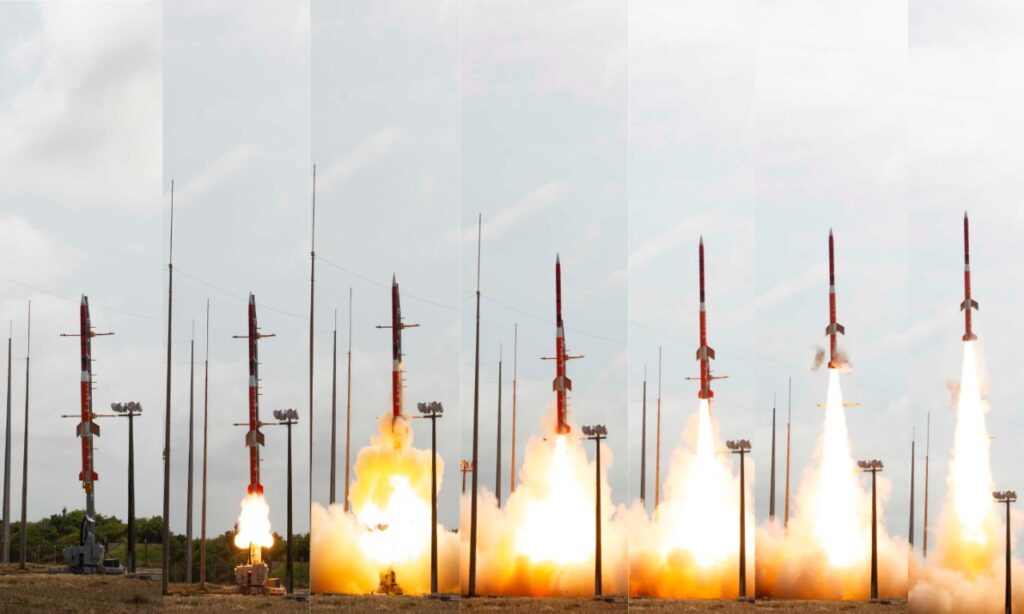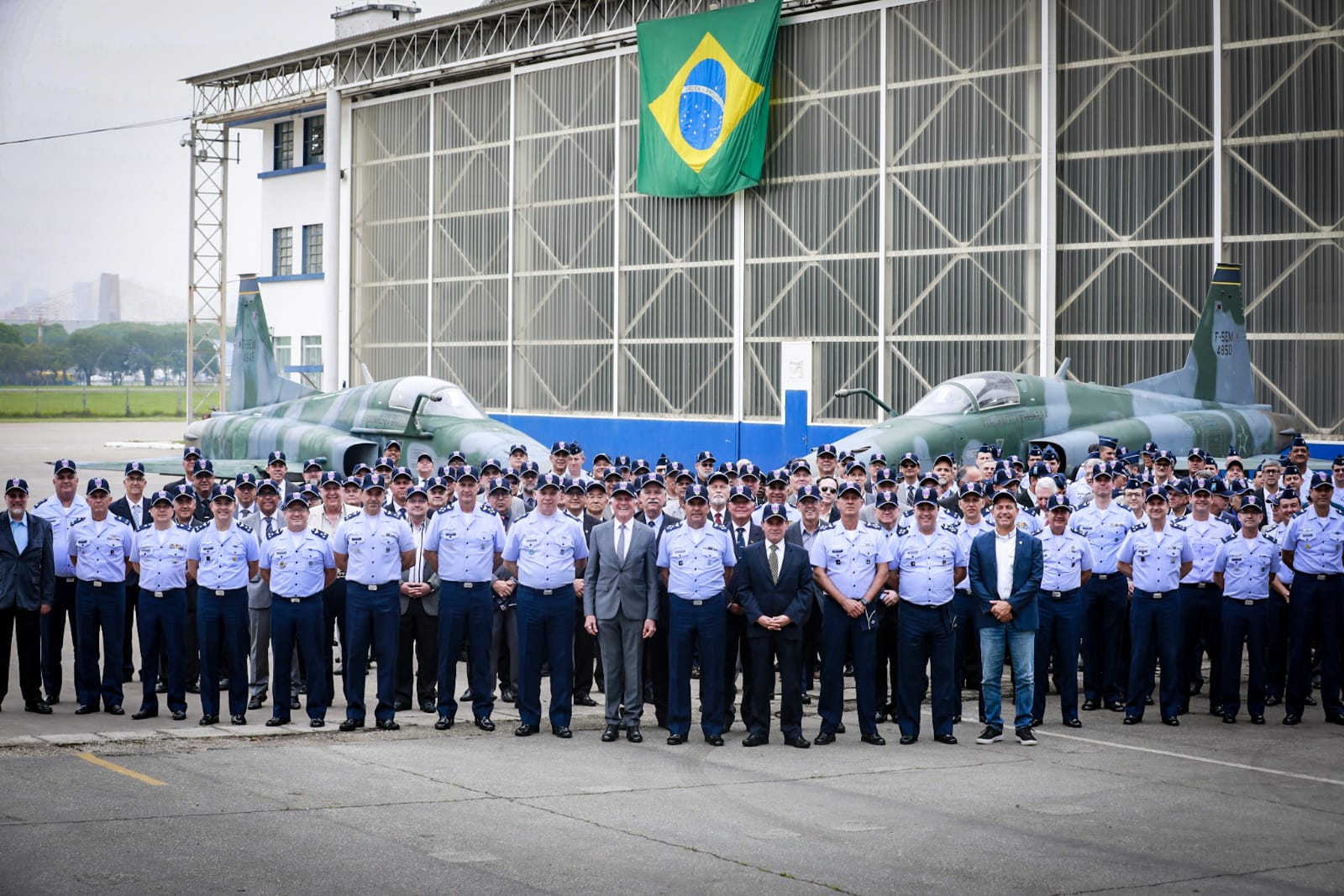With the creation of the Ministry of Aeronautics, on January 20, 1941, military and civil aviation were boosted in Brazil
Air Force Agency, by Lieutenant Marize Torres
“Inventions are, above all, the result of stubborn work”. The thought of the Father of Aviation, Alberto Santos-Dumont, is compatible with the persistence of the Brazilian Air Force (FAB) in its strategic and geopolitical goal of defending, controlling and integrating the national territory. To achieve this, the institution, which turns 82 in 2023, has developed technologies that make it a powerhouse in aeronautical innovation, placing it among the fifteen best in the world, according to the Global Fire Power portal.
Created on January 20, 1941, the Ministry of Aeronautics boosted military and civil aviation in Brazil. The FAB fought in World War II, when it created the First Fighter Aviation Group, active in the Italian Campaign. By the end of the conflict, the institution had more than 1,500 modern aircraft, including Republic P-47D Thunderbolt fighters, making it the second largest Air Force in the Americas.

In the same decade, the Military Air Mail (CAM) was transformed into the National Air Mail (CAN), promoting the integration of the country, especially of the populations of small towns in the North region.
Over time, the Ministry of Aeronautics came to manage issues related to aerospace policy, the aeronautical industry, airport infrastructure and civil aviation.
In the 1950s Brazil evolved even more scientifically with the creation of the Instituto Tecnológico da Aeronáutica (ITA). All interest of the Ministry of Aeronautics in creating an Institute dedicated to teaching and research in aeronautical sciences was linked to the new dimensions of Research and Development (R&D) in Science & Technology (S&T) for military purposes acquired already during World War II and later throughout the Cold War, as clarified by André Luiz de Almeida (2006), in his dissertation “The evolution of Brazilian aerospace power”.
Regarding the Air Traffic Control System, FAB is recognized as one of the best in the world. The Airspace Control Department (DECEA) invested in the X-4000 software, also called Data Processing and Visualization System (STVD), which began to be implemented in the early 1990s. The system marked the history of air traffic control equipment in the world, as it pioneered the use of high resolution monitors, high performance graphic processing, workstation like processors and distributed architecture. To this day, according to EMBRAER, the national solution occupies a prominent position in the world scenario of air traffic control, with Brazil among the select group of nations developing cutting-edge technology in this field.

Moreover, FAB is also developing Project 14-X, of hypersonic technology. The 14-X S’s scramjet engine generates around 5,000 horsepower and reached a speed close to Mach 6 (six times the speed of sound, equivalent to approximately 7,400 km/h), in the very first flight test of the project, which began in 2008. The system under development in Brazil will be able to fly at Mach 10 (about 12,000 km/h). By comparison, Concorde, the last supersonic commercial airliner, flew at around Mach 2.04 (2,179 km/h).
The Brazilian Air Force (FAB) gains a new page in the expansion of scientific knowledge and the mastery of strategic technologies. To defend the sovereignty of the Airspace, the institution recently acquired efficient latest generation missiles, the renowned METEOR and IRIS-T, continuing the commitment to modernize its weapons. Furthermore, with a satellite developed at ITA and launched by SPACEX, Brazil is gaining a new position in the space domain. The satellite has the mission of monitoring the ionosphere (upper layer of the atmosphere), collecting data for the study of the effects of solar storms, which cause disturbances in the activities of today’s society, such as the interruption of the GPS signal, the black-out of communications, interruption in the transmission of energy, and many others.

And to celebrate even more the Brazilian technological advance through FAB, an unprecedented achievement marked the 82nd anniversary of the Aeronautics with the launching of the first rocket produced 100% in Brazil: the Suborbital VSB-30. Launched in Alcântara (MA), on October 23, 2022, the vehicle developed by the Institute of Aeronautics and Space (IAE) carried on board the scientific experiment “Multi-User Oven”, produced by the National Institute for Space Research (INPE).
All this context of technological advancement promoted by the Brazilian Air Force does justice to the decree that created the Ministry of Aeronautics, which considers that its efficiency and equipment are decisive for progress and national security.
*** Translated by the DEFCONPress FYI Team ***
